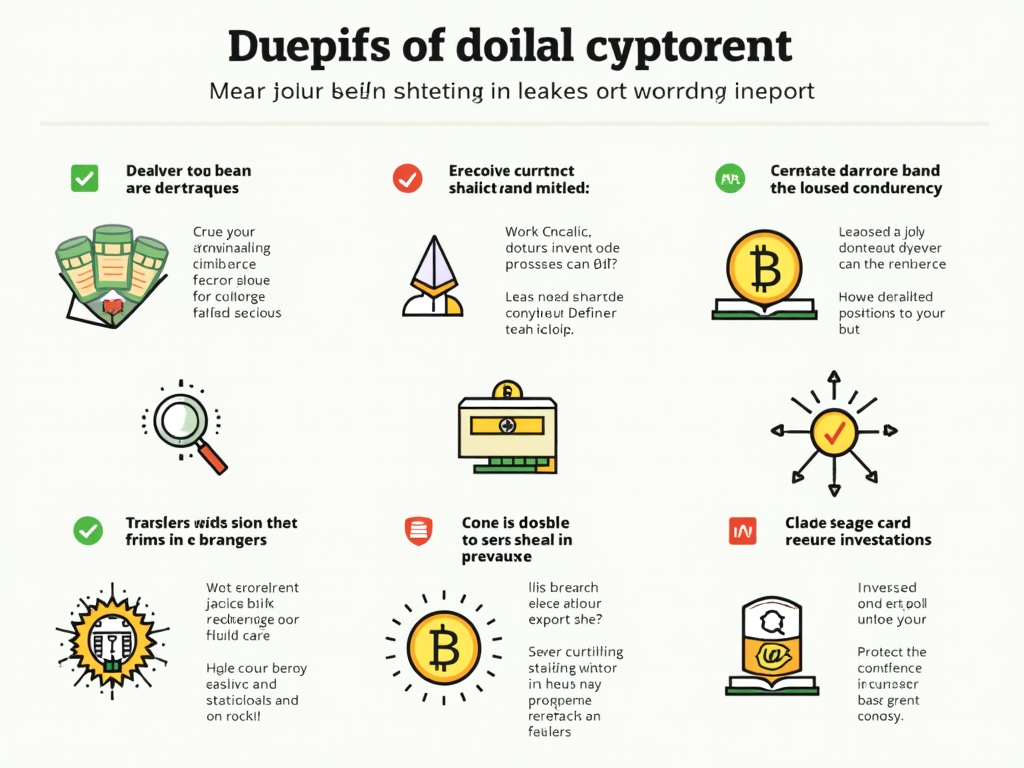Discover how digital innovation is transforming personal finance and creating new opportunities for financial literacy and management.

How technology is changing our relationship with money
The financial landscape is undergoing a profound transformation driven by technological innovation. These advancements are not only changing how financial institutions operate but also how individuals manage their personal finances, budget, and save. Understanding these technological trends is an essential component of modern financial literacy.
In this educational overview, we explore key technological developments that are making financial management more accessible, efficient, and personalized. From mobile banking applications to AI-powered budgeting tools, these innovations provide new opportunities for individuals to take control of their financial lives.
By familiarizing yourself with these trends, you can make more informed decisions about which digital tools might best support your financial goals and help you develop more effective financial habits.
Educational insights into the technologies reshaping personal finance

Mobile banking has evolved from simple account viewing to comprehensive financial management platforms. Today's banking apps offer features like:
This evolution makes daily financial management more convenient and provides users with better visibility into their financial habits. For those new to budgeting, these tools can be an excellent entry point to developing financial awareness.

Artificial intelligence is transforming personal budgeting through advanced analytics and machine learning. These educational tools offer:
For those learning about budgeting, AI tools can provide guidance that previously would have required a financial advisor. They can help identify spending patterns that might otherwise go unnoticed and suggest practical adjustments.

Digital payment technologies are changing how we interact with money on a daily basis, with educational implications for personal finance:
From a financial literacy perspective, digital wallets can make the abstract concept of money more tangible by providing immediate feedback on spending. However, they also require users to develop new habits to maintain spending awareness in an increasingly cashless society.

Technology is also transforming how people learn about finance, with new approaches to financial education:
These educational innovations are making financial literacy more accessible and engaging. By combining theoretical knowledge with practical application, they help bridge the gap between understanding financial concepts and implementing them in daily life.

Technology is enabling more awareness around the social and environmental impact of financial decisions:
This trend represents an expansion of financial literacy to include not just how to manage money effectively, but also how financial choices affect the broader world. For many, especially younger generations, this dimension of financial education is increasingly important.
Educational guidance for using technology in your financial journey
When choosing financial technology, consider security features, privacy policies, user reviews, and whether the tool addresses your specific financial needs. Look for established providers with transparent practices.
Protect your financial information by using strong, unique passwords, enabling two-factor authentication, keeping apps updated, and being cautious about sharing access to your financial accounts.
While automating financial tasks can improve consistency, maintain awareness by regularly reviewing automated transactions and adjusting systems as your financial situation changes.
As financial technology evolves, continue learning through reputable sources like financial education websites, online courses, and resources from established financial institutions.
As we look ahead, financial technology will continue to evolve, creating new opportunities for individuals to improve their financial literacy and management. Emerging trends like voice-activated financial assistants, augmented reality for visualizing financial data, and more sophisticated AI advisors will further transform how we interact with money.
The key to benefiting from these innovations is maintaining a balance between embracing helpful technology and developing fundamental financial knowledge. Technology should serve as a tool that enhances your financial understanding rather than replacing it.
By staying informed about technological trends while continuing to build core financial literacy skills, you can leverage these powerful tools to create a more secure and satisfying financial future.
Technology offers powerful tools for financial management, but knowledge is the foundation. Explore our educational resources to build the understanding that will help you make the most of financial innovation.
Learn More